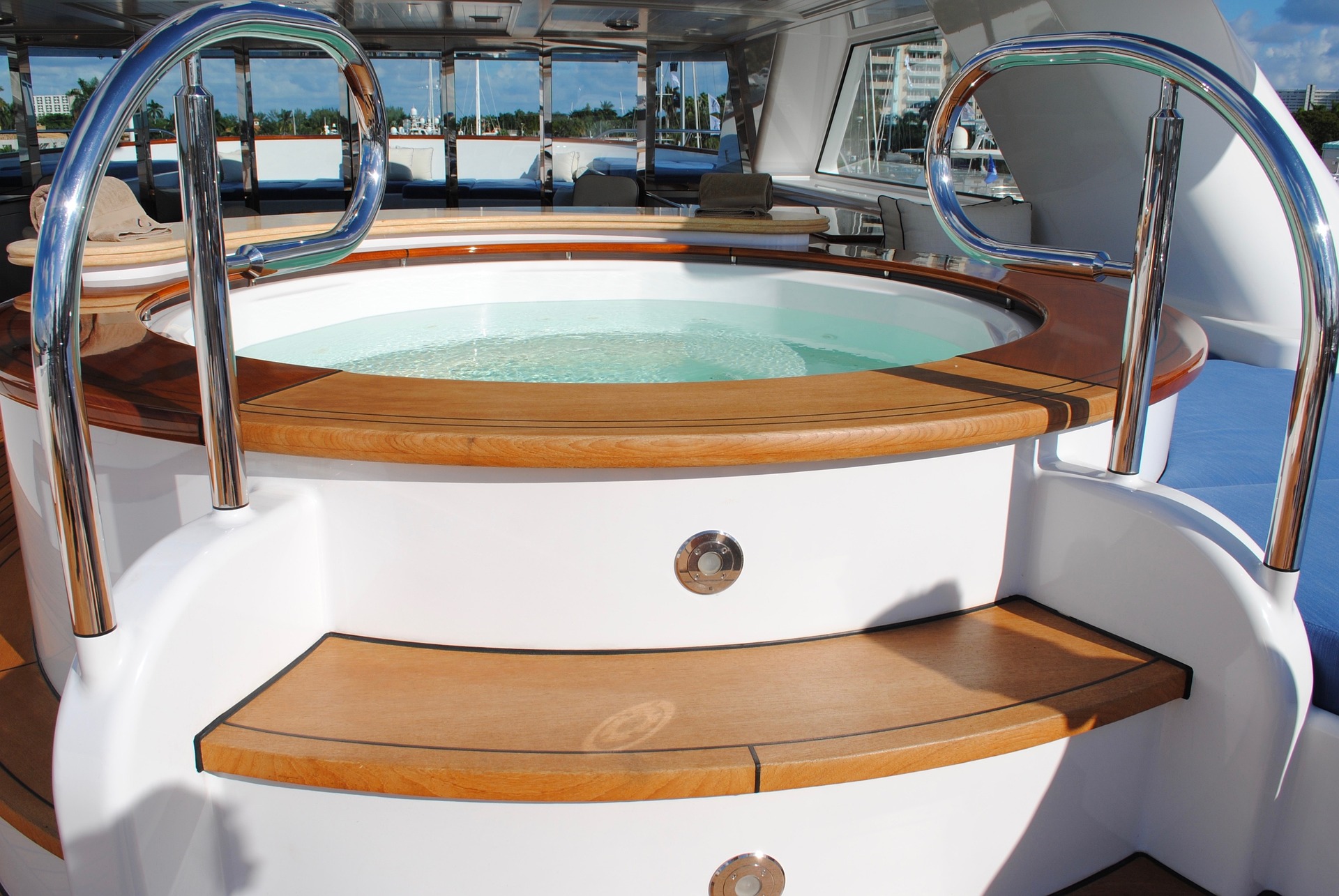Senior-Friendly Golf Courses: Features and Health Benefits
Golf courses designed with senior players in mind incorporate specific features that enhance accessibility, safety, and enjoyment. These thoughtfully planned facilities focus on shorter walking distances, gentler terrain, and amenities that support players of all mobility levels. Understanding what makes a golf course senior-friendly helps golfers make informed decisions about where to play and how the sport can continue to benefit their physical and mental well-being as they age.

What Defines a Senior-Friendly Golf Course
A senior-friendly golf course prioritizes accessibility and comfort for older players through strategic design elements. These courses typically feature shorter overall yardage, reducing the physical demands of long walks between holes. Cart paths are paved and well-maintained, providing smooth transportation throughout the course. Tee boxes are positioned closer to cart paths, minimizing walking distances for players with mobility concerns.
The layout often includes multiple tee options, allowing seniors to choose distances that match their current driving capabilities. Hazards like deep bunkers and water features are strategically placed to challenge players without creating impossible recovery situations. Rest areas with benches are strategically positioned throughout the course, providing opportunities for players to take breaks when needed.
Features That Make Golf Courses Suitable for Seniors
Several key features distinguish senior-friendly golf courses from traditional layouts. Wide fairways reduce the likelihood of lost balls and provide more forgiving landing areas for shots that may not travel as far as they once did. Elevated tees and greens include gradual slopes rather than steep inclines, making them easier to navigate for players with joint issues or balance concerns.
Clubhouse amenities play a crucial role in senior accessibility. Facilities include accessible restrooms, comfortable seating areas, and dining options that cater to various dietary needs. Pro shops stock equipment specifically designed for senior players, including lighter clubs and ergonomic grips. Many courses offer golf cart rentals with additional safety features like seat belts and enhanced stability systems.
Maintenance practices also contribute to senior-friendliness. Courses keep rough areas shorter and more manageable, making it easier to find and play balls that stray from the fairway. Bunkers feature consistent sand depth and gentle slopes for easier entry and exit.
Health Benefits of Playing Golf for Seniors
Golf provides numerous physical and mental health benefits specifically valuable for senior players. The sport offers low-impact cardiovascular exercise that improves heart health without placing excessive stress on joints. Walking the course, even partially, helps maintain bone density and muscle strength while improving balance and coordination.
Mental health benefits include stress reduction through outdoor activity and social interaction with other players. The strategic thinking required for golf helps maintain cognitive function and provides mental stimulation. Regular play establishes routine and purpose, contributing to overall life satisfaction and emotional well-being.
The sport’s adaptable nature allows seniors to continue playing despite physical limitations. Players can use carts when walking becomes difficult, choose shorter tees as driving distance decreases, and modify their playing style to accommodate changing abilities. This adaptability makes golf a lifelong sport that can grow with players as they age.
Trends in Senior-Friendly Golf Course Design
Modern golf course architects increasingly incorporate universal design principles that benefit players of all ages and abilities. New courses feature wider cart paths that accommodate mobility devices beyond traditional golf carts. Designers are creating shorter course options, sometimes called “executive courses,” that maintain the strategic elements of golf while reducing physical demands.
Technology integration represents another significant trend. Courses install GPS systems in carts to help players navigate efficiently and provide distance information without requiring additional walking to check yardage markers. Some facilities offer smartphone apps that allow players to order food and beverages for delivery to specific holes.
Environmental considerations also influence senior-friendly design. Courses incorporate native plants that require less maintenance and create more natural, less challenging rough areas. Sustainable irrigation systems maintain consistent playing conditions while reducing water usage and associated costs.
| Course Feature | Traditional Design | Senior-Friendly Adaptation | Cost Impact |
|---|---|---|---|
| Total Yardage | 6,500-7,200 yards | 5,500-6,200 yards | Moderate reduction |
| Cart Path Coverage | 60-70% of course | 90-100% of course | 15-25% increase |
| Tee Box Options | 3-4 sets | 4-6 sets including forward tees | 10-15% increase |
| Bunker Design | Deep, challenging | Shallow, accessible | 5-10% reduction |
| Rest Areas | Minimal | Every 3-4 holes | 8-12% increase |
Prices, rates, or cost estimates mentioned in this article are based on the latest available information but may change over time. Independent research is advised before making financial decisions.
The evolution of senior-friendly golf course design reflects the growing recognition of golf’s value as a lifelong sport. These thoughtfully designed facilities ensure that players can continue enjoying golf regardless of age-related physical changes, while the health benefits make regular play an excellent choice for active aging. As the golf industry continues to adapt to demographic changes, senior-friendly features are becoming standard rather than exceptional, creating more inclusive environments for all players.




